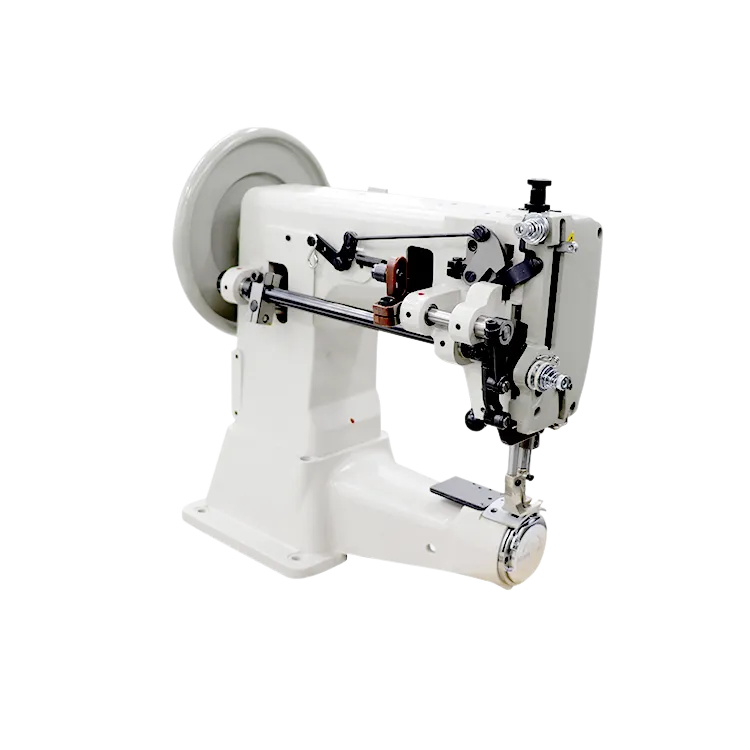401 chainstitch
Exploring the 401 Chainstitch A Stitch with History and Versatility
The 401 chainstitch is a fascinating sewing technique that has gained popularity in both the garment and textile industries. This particular stitch, recognized for its strength and decorative potential, offers a blend of functionality and aesthetics, making it a valuable skill for anyone interested in sewing, fashion design, or textile arts.
To understand the significance of the 401 chainstitch, it is important to delve into its history. Chainstitch techniques have been utilized for centuries, tracing back to various cultures that sought efficient methods for joining fabric. The 401 variant specifically emerged as a part of industrial sewing advancements during the 20th century. It revolutionized the way garments were constructed, offering speed and durability that traditional stitches could not match.
The 401 chainstitch is characterized by its looped structure, which creates a chain-like effect
. This unique formation not only contributes to the stitch’s strength but also provides a certain aesthetic appeal. Commonly used in the construction of denim and other heavy fabrics, the 401 chainstitch allows for a remarkable level of elasticity, making it perfect for areas that require a bit of give, such as armholes and waistlines. Additionally, this stitch is often seen in decorative applications, such as embellishing seams or creating visual interest on various textile projects.401 chainstitch

In practical applications, the 401 chainstitch is frequently used in both handmade and machine sewing. For those working with sewing machines, the 401 stitch is often implemented using specific attachments or settings that facilitate the chainstitch process. This not only streamlines production but also allows for greater creativity in design. Whether creating bespoke garments or mass-manufactured items, the versatility of the 401 chainstitch makes it an essential technique for any sewist.
One of the key advantages of the 401 chainstitch lies in its ability to allow for easy unraveling. In a creative context, this can be particularly advantageous; if adjustments are needed, the stitch can be pulled apart without damaging the fabric. This feature also makes it suitable for temporary stitches or basting, where flexibility is paramount. As a result, many garment workers and designers appreciate the 401 chainstitch for its efficiency and adaptability.
However, it’s important to note that the 401 chainstitch does have its limitations. While it excels at providing strength and stretch, it may not be the best choice for all fabrics or all types of sewing projects. Fabrics with a lot of drape or stretch, like silk or spandex, might require different techniques to achieve the desired finish. Thus, understanding the characteristics of various fabrics is crucial when deciding whether the 401 chainstitch is the most suitable option.
In conclusion, the 401 chainstitch stands out as a remarkable technique within the world of sewing. Its historical roots, combined with its modern applications, offer a wealth of possibilities for both practical and creative endeavors. By mastering this stitch, sewists can not only enhance their skill set but also create garments and projects that are both durable and visually appealing. Thus, whether you're a seasoned professional or a novice exploring the art of sewing, the 401 chainstitch is a valuable addition to your repertoire.
-
Leather Sewing Machine: The Industrial Standard for Tough MaterialsNewsJul.18,2025
-
Sail Making Machine: Heavy-Duty Stitching for Industrial and Marine NeedsNewsJul.18,2025
-
Sling Sewing Machine: The Backbone of Heavy-Duty FabricationNewsJul.18,2025
-
Leather Sewing Machine: Precision for Heavy-Duty StitchingNewsJul.18,2025
-
Big Bag Sewing Machine: Powering the Future of Bulk PackagingNewsJul.18,2025
-
FIBC Sewing Machine: Essential Equipment for Bulk Bag ProductionNewsJul.18,2025
-
Heavy Duty Leather Sewing Machine: A Must-Have for Professional LeatherworkNewsMay.28,2025





























